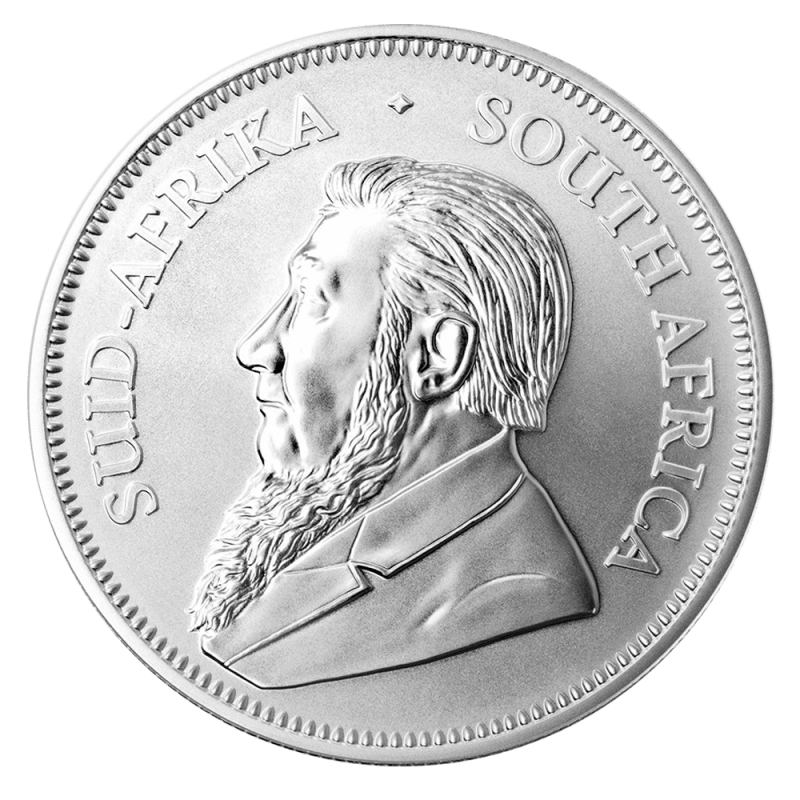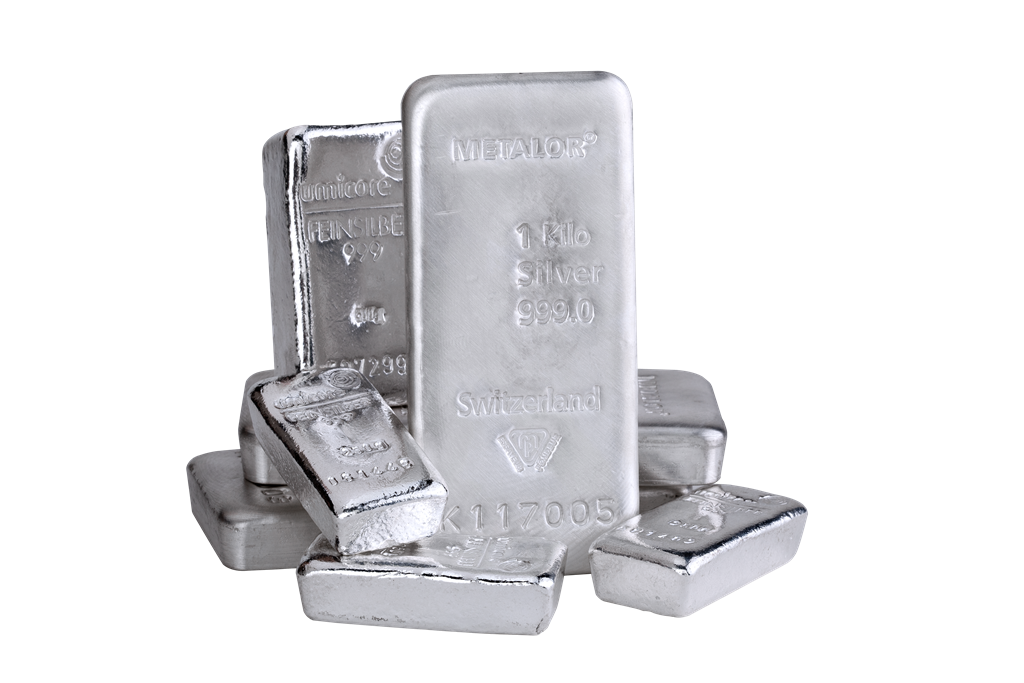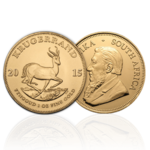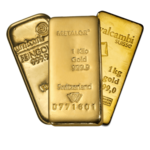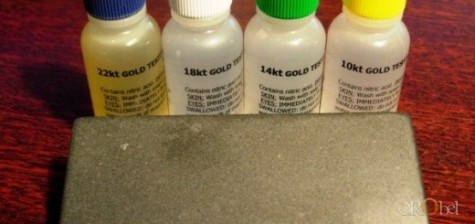
The usage of carat in gold is an old story… a very old one.
One day, you may ask yourself this obvious question:
Why did we divide gold into 24 shares? Why did we call this unit or proportion “carat/karat (shortened K)” back then? Where do 24K, 18K, 14K and 9K categories come from?
You can Google it, but unfortunately Google hasn’t clear answers to everything question.
A book : the story of an obsession from Peter Bernstein’s
Reading a passage from this book about touchstone technique, which is 2500 years old, we find a partial answer.
The Lydian goldsmiths and changers from the time of Croesus (region and people of the nowadays Tukey) had discovered that an abrasive black stone of jasper family have the property of left a trail after rubbing gold on it. These are still sometimes called “Lydian” up today.
But they hadn’t the titration acids we are using today. So how did they manage to test gold? According to Peter L Bernstein’s book, to overcome this limit changers and goldsmiths of that age had produced 24 different tips of gold alloy.
These needles were used to make traces on the touchstone for comparison with piece of gold they had to test. This is the most probable origin of the carats usage in gold. 24 carats are corresponding to indicator on gold purity. Thus, the gold proportion is 24 out of 24 in 24K gold, 18 out of 24 in 18K gold, and so on.
But why 24 shares ? Why not 50, 30 or 20 ?
According to a friend of mine in the Liège’s geological circle… this should be simply due to mathematical system Lydian were using, inspired from the Babylonian system. It was decimal like ours, it was sexagesimal. With a base of 60 in their numeral system, their tens are 6, they picked 24 as a multiple of 6.
The word “carat” (which is a unit of weight) comes from the seed of the carob tree that was used to weigh precious, and so they used it for proportion of gold too.
http://orobel.biz/info/actualite/orobel/les-carats-dans-l-or-une-tres-vielle-histoire.html
